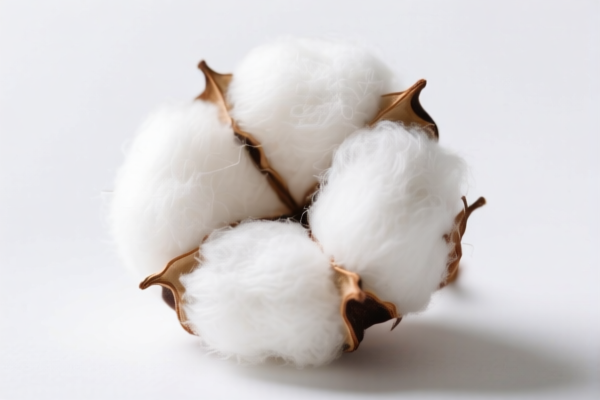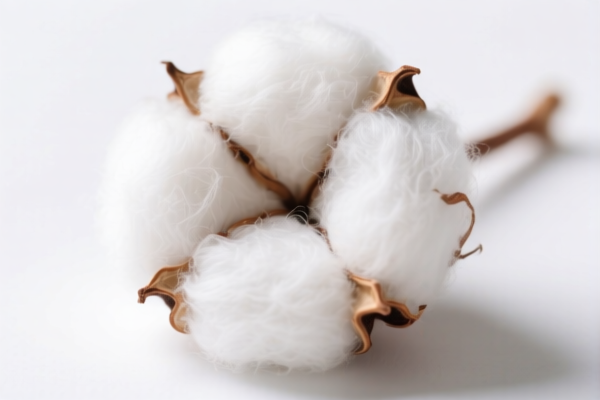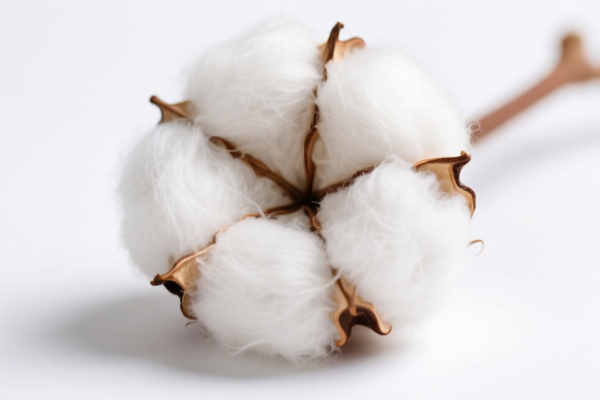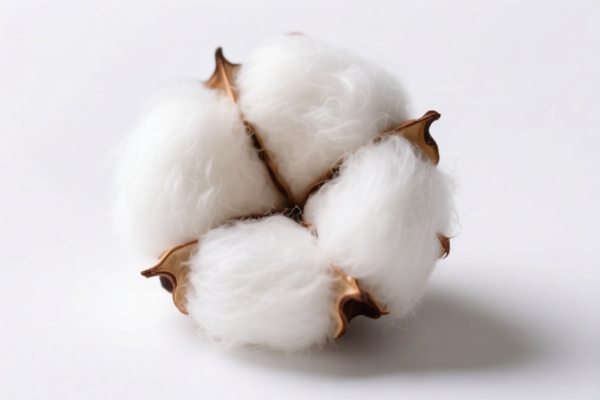| HS Code | Official Doc | Tariff Rate | Origin | Destination | Effective Date |
|---|---|---|---|---|---|
| 5203001000 | Doc | 60.0% | CN | US | 2025-05-12 |
| 5203003000 | Doc | 31.4¢/kg+55.0% | CN | US | 2025-05-12 |
| 5201002800 | Doc | 31.4¢/kg+55.0% | CN | US | 2025-05-12 |
| 5201002200 | Doc | 4.4¢/kg+55.0% | CN | US | 2025-05-12 |
| 8445190040 | Doc | 40.8% | CN | US | 2025-05-12 |




Product Name: Cotton Extraction Card High Fiber
Classification HS Code Analysis:
Based on the product description, the most likely HS code is 5203003000 ("Carded or combed cotton fibers, but not spun"). This classification applies to cotton fibers that have undergone carding or combing but not spinning, which aligns with the description of a "Cotton Extraction Card High Fiber."
🔍 HS CODE: 5203003000
Description: Carded or combed cotton fibers, but not spun
Total Tax Rate: 31.4¢/kg + 55.0%
Tax Details:
- Base Tariff Rate: 31.4¢/kg
- Additional Tariff (General): 25.0%
- Special Tariff (After April 11, 2025): 30.0%
- Total Tariff (after April 11, 2025): 31.4¢/kg + 55.0% (includes base + special tariff)
📌 Key Notes and Recommendations:
- Tariff Increase Alert: A significant increase in tariffs will apply after April 11, 2025. Ensure your import timeline accounts for this change.
- Unit Price Verification: The base tariff is in cents per kilogram (¢/kg), so you must confirm the exact weight and unit price of the product to calculate the total duty.
- Certifications Required: Depending on the country of origin and destination, additional documentation or certifications (e.g., origin certificates, phytosanitary certificates) may be required.
- Alternative HS Codes: If the product is not carded or combed, consider 5201002200 (unbleached or undyed cotton) or 5201002800 (unspun, uncarded cotton), but these are less likely for a "high fiber" product that has undergone some processing.
🛠️ Proactive Actions:
- Confirm the exact processing stage of the cotton fiber (carded, combed, unspun, etc.) to ensure correct HS code classification.
- Check with customs or a compliance expert if the product is being imported from a country with preferential trade agreements (e.g., under the China-Australia FTA).
- If the product is used in manufacturing, consider duty drawback or bonded warehouse options to reduce costs.
Let me know if you need help with a specific import scenario or documentation.
Product Name: Cotton Extraction Card High Fiber
Classification HS Code Analysis:
Based on the product description, the most likely HS code is 5203003000 ("Carded or combed cotton fibers, but not spun"). This classification applies to cotton fibers that have undergone carding or combing but not spinning, which aligns with the description of a "Cotton Extraction Card High Fiber."
🔍 HS CODE: 5203003000
Description: Carded or combed cotton fibers, but not spun
Total Tax Rate: 31.4¢/kg + 55.0%
Tax Details:
- Base Tariff Rate: 31.4¢/kg
- Additional Tariff (General): 25.0%
- Special Tariff (After April 11, 2025): 30.0%
- Total Tariff (after April 11, 2025): 31.4¢/kg + 55.0% (includes base + special tariff)
📌 Key Notes and Recommendations:
- Tariff Increase Alert: A significant increase in tariffs will apply after April 11, 2025. Ensure your import timeline accounts for this change.
- Unit Price Verification: The base tariff is in cents per kilogram (¢/kg), so you must confirm the exact weight and unit price of the product to calculate the total duty.
- Certifications Required: Depending on the country of origin and destination, additional documentation or certifications (e.g., origin certificates, phytosanitary certificates) may be required.
- Alternative HS Codes: If the product is not carded or combed, consider 5201002200 (unbleached or undyed cotton) or 5201002800 (unspun, uncarded cotton), but these are less likely for a "high fiber" product that has undergone some processing.
🛠️ Proactive Actions:
- Confirm the exact processing stage of the cotton fiber (carded, combed, unspun, etc.) to ensure correct HS code classification.
- Check with customs or a compliance expert if the product is being imported from a country with preferential trade agreements (e.g., under the China-Australia FTA).
- If the product is used in manufacturing, consider duty drawback or bonded warehouse options to reduce costs.
Let me know if you need help with a specific import scenario or documentation.
Customer Reviews
No reviews yet.